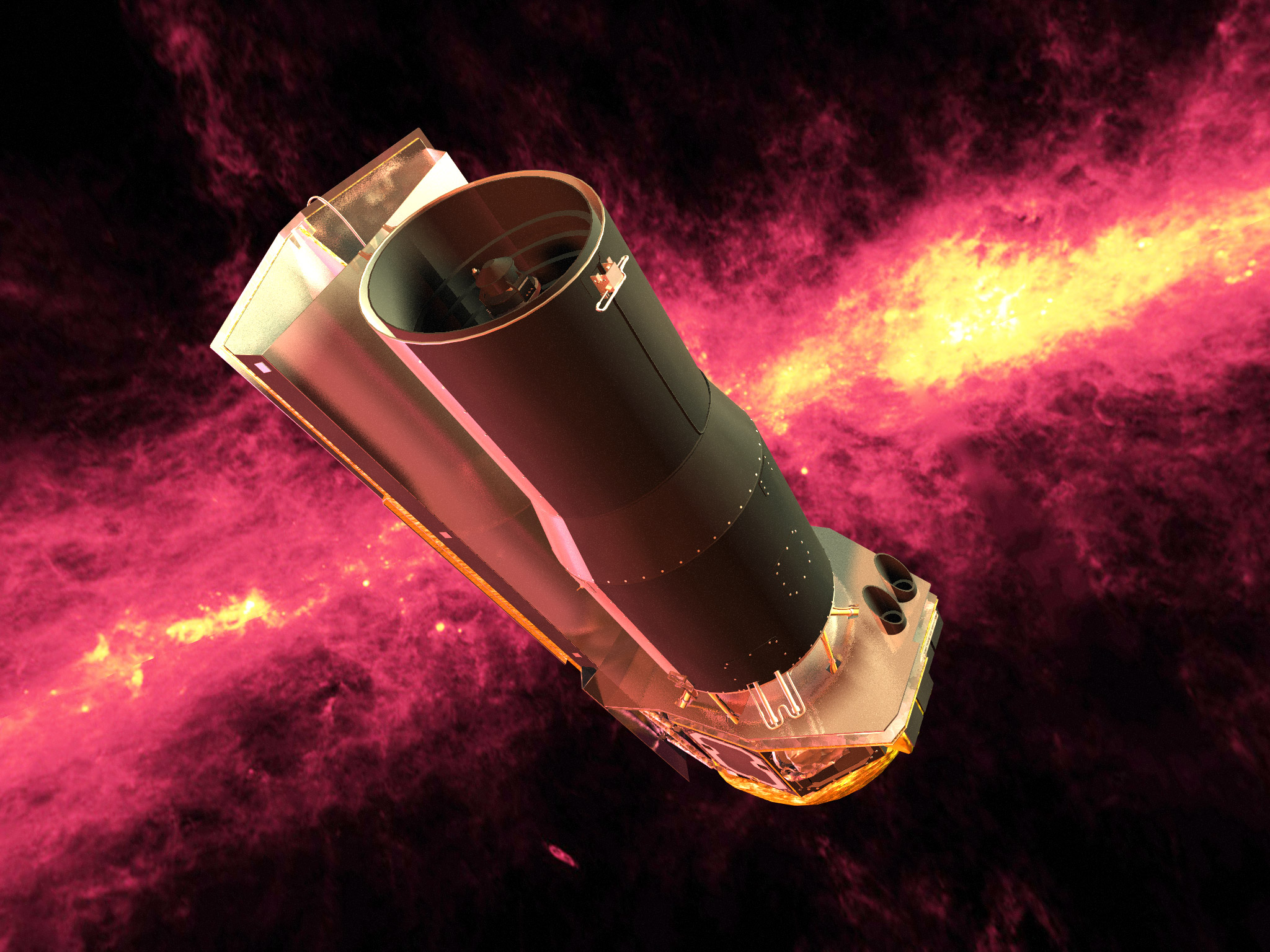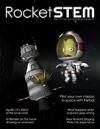| Online: | |
| Visits: | |
| Stories: |
The Spitzer Space Telescope: 10 years of viewing the Universe’s dark side | RocketSTEM

More than ten years have now passed since NASA’s fourth “Great Observatory” – the Space Infrared Telescope Facility (SIRFT) – was boosted into orbit from Cape Canaveral Air Force Station, Fla., atop a Delta II rocket. It was intended to complement is three older siblings, the Hubble Space Telescope, the Compton Gamma Ray Observatory and the Chandra X-ray Observatory, in exploring the cosmos across almost the entire electromagnetic spectrum. Later renamed the Spitzer Space Telescope, in honour of U.S. astronomer Lyman Spitzer, the 2,100 lb (950 kg) observatory has since carved its own niche in the annals of astrophysics and cosmology and continues to make astounding scientific discoveries.
With a final price tag estimated at about $800 million, SIRTF rocketed into space from Space Launch Complex (SLC)-17B at Cape Canaveral Air Force Station, Fla., at 1:35 p.m. EDT on 25 August 2003. Original plans called for SIRTF to operate for at least 30 months, although it was hoped to run the observatory for as long as five years or until its liquid helium coolant was depleted. As circumstances transpired, this depletion did not occur until May 2009, after which it was determined that the two shortest-wavelength components of IRAC remained operable and a “Warm Mission” was authorised.
By this time, SIRTF had since been renamed in honour of the U.S. theoretical physicist and astronomer Lyman Spitzer (1914-1997), one of the earliest proponents for the idea of a space-based telescope. The formal announcement of the spacecraft’s new name came in December 2003, when NASA lauded Spitzer’s “vision and contribution to science” and noted that a NASA-sponsored contest had “received more than 7,000 essay entries from all over the world.” The winning entry came from a resident of British Columbia.
Since then, the mechanical Spitzer has played an enormous role in opening our eyes and consciousness to the mysteries and wonders of the Universe around us.
Read more at: http://www.rocketstem.org/2014/03/11/spitzer-space-telescope-10-years-of-viewing-the-universes-dark-side/




